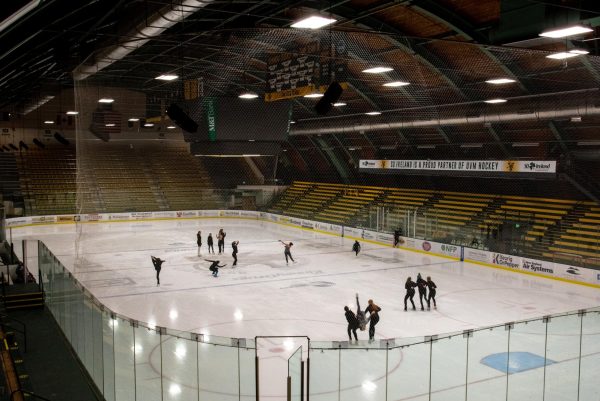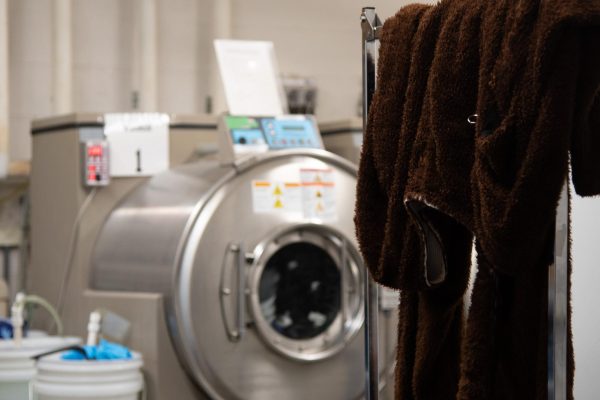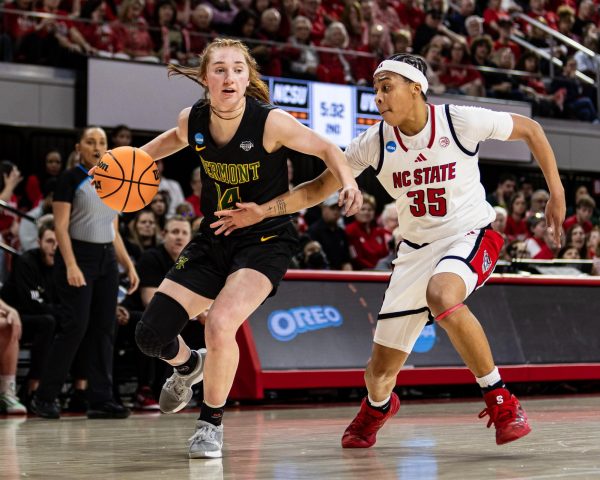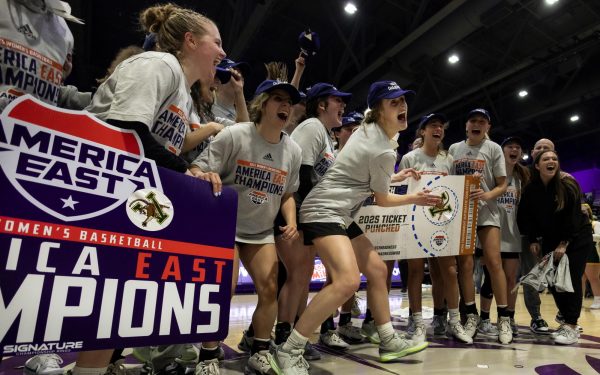The Gut and its glory
The University of Vermont’s home for its men and women’s hockey teams has been the subject of recent conversation. Should the historic rink be kept or is it time to move on?
Gutterson Fieldhouse, better known as “the Gut” has been home to UVM hockey since 1963.
Of course, some renovations have been made since then, but the rink today shows its age. The argument for a new facility certainly holds worth. The wear on the bleachers is noticeable and concrete walls give away its age, making the rink hard to show off and entice recruits when they visit.
However when at full capacity, the Gut has a certain nuance that I have not found replicated at any other college rink. Every rink is different and has some charm, but there is just something about the Gut.
Sure other Hockey East schools seem great. BU’s Agganis Arena is state of the art and its amenities are amazing. UNH’s Whitemore Center is large and engulfing, but has no charm. The Whittemore Center feels like it was made with an industrial size cookie cutter.
When at max capacity, the Gut is truly an amazing place to view hockey in one of its purest forms. Another point to be made for the Gut is not only does this facility serve as a home to all UVM hockey players that go through the program, it is a symbol of hockey for most of the state of Vermont.
For high school, division one hockey players making it to the Gut is something they dream about and teams set as perennial goals. For over 25 years the men’s D1 championship games have been played there, with the women’s championship game recently being added as a tradition held there.
The Gut’s history of bringing excellent hockey to the state goes beyond UVM, as Gutterson has hosted multiple NHL teams training camps over the years and hosted the women’s IIHF world championship in 2012.
The unfortunate aspect of this issue is that there is no clear winning side. In my opinion, UVM hockey needs a new home or significant updates to help vault the program into perennial contender status and to continue to draw in the top recruits.
Showing off the rink during only full capacity games is a hard trick to pull. Some suggestions that could possibly work to find a middle ground between old and new would be adding a scoreboard either at one end of the rink or replacing the one over center ice that can show replays and video.
This would immediately make the rink seem more modern and add to the overall experience of the game. Also, simply put, something needs to be done about the bleachers. The current bleacher set up is reminescent of a youth rink rather than a collegiate rink.
But there is something to be said about that feeling you get when the rink is full and the noise echoes off the wood barrel while the bleachers shake with each chant from the student section. That will be hard to replace.








